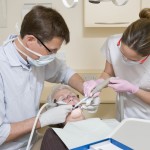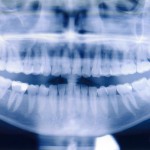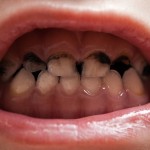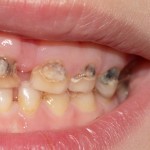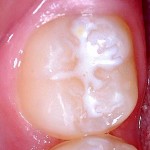
This review of laser preparation compared to other types of tooth surface preparation before fissure sealant placement included 5 RCTs. While the review suggested that retention rates with laser preparation were similar to acid etching the included studies were small and at high risk of bias. Thefore the findings should be considered very cautiously.
[read the full story...]



